I bet you've heard about golden hour photography, but how about blue hour photography? In case you don't know what it is, blue hour is the period of twilight (in the morning or evening) when the Sun is below the horizon and indirect sunlight takes on a beautiful blue shade. It usually lasts just 20 to 40 minutes so you have to plan your photo shoots accordingly.
Want to dig deep on blue hour photography? We have something pretty special coming up. Join the early bird list to hear about our free six part video series on blue hour photography and get early notice of the course. Join here.
The blue hour is perfect for landscape and street photography – the sky picks up a dreamy blue color which gives cinematic vibes to photos. You can shoot even portraits in blue hour once you get the hang of lighting conditions.
You should know that this magical lighting won't instantly make your photos stunning – you have to compose them well! There are many ways to play around with composition in blue hour photography and we have chosen the following 3 great images to help you understand how to achieve truly eye-catching compositions.
1. Frame within a frame
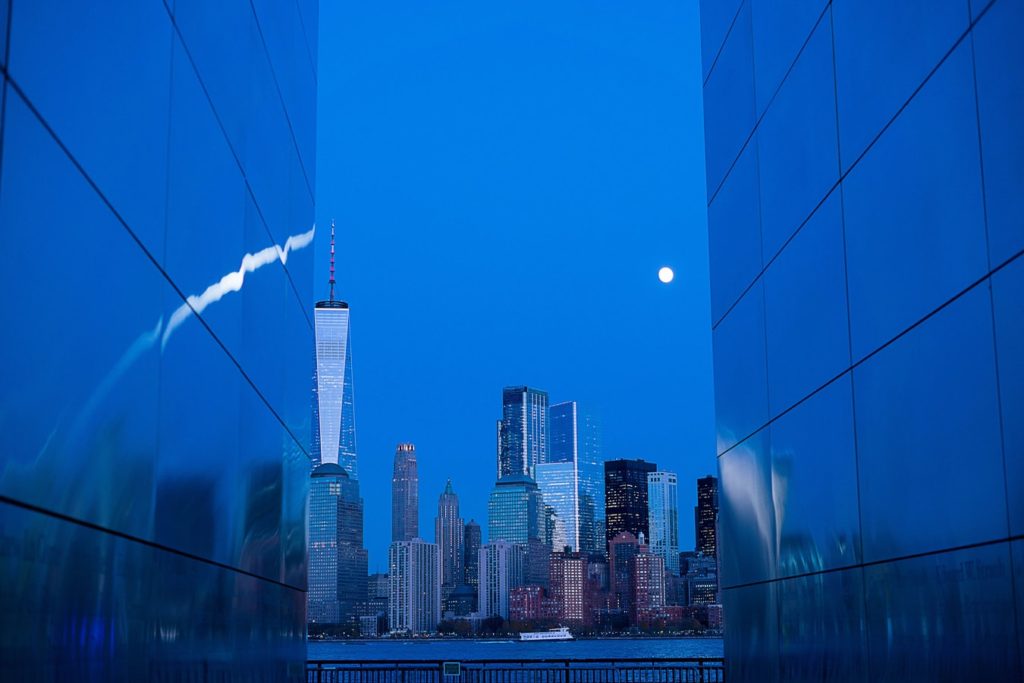
Frame within a frame is a clever compositional rule that can be used in any genre of photography. Sub-framing works great because it creates an extra dimension by adding visual depth and distinct layers. In the image above we have a bold example of framing since the frame is as important as the main subject.
The image is really effective because the frame is a reflective surface and it enhances the otherworldly atmosphere of blue hour in the city. If you decide to capture blue hour images in an urban area, pay attention to reflective surfaces such as glass and metal and use them to your advantage.
Don’t forget to get early bird notice of our upcoming blue hour photography course and free video series here.
2. Negative space
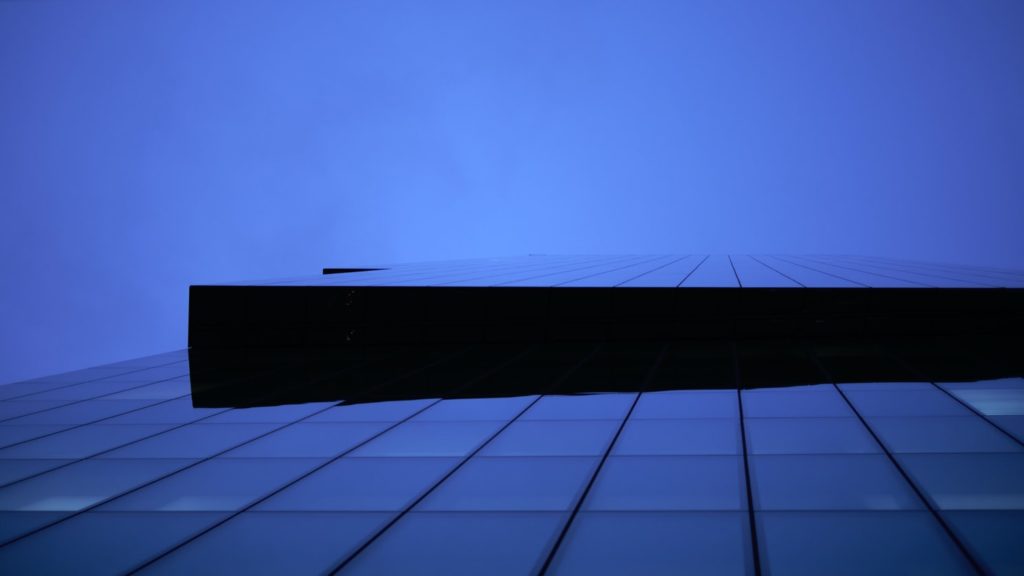
Negative space is a common compositional tool in visual arts – to put it simply, it is the space around the subject of an image. Many amateur photographers are afraid to play around with negative space because they believe their images will appear empty and boring. But it can be quite the opposite!
Proper use of negative space makes colors and shapes stand out and it can affect the overall mood of an image by rendering it more ethereal or more mysterious. In the image above we have a powerful combination of geometric shapes, negative space and high contrast. The image feels both serene and playful and it is very hard to tell if it was shot indoors or outdoors. You can shoot similar images in nature too and use either sky or bodies of water as negative space.
Get notified when our free video series on blue hour photography goes live and early notice of our full length course here.
3. Foreground interest
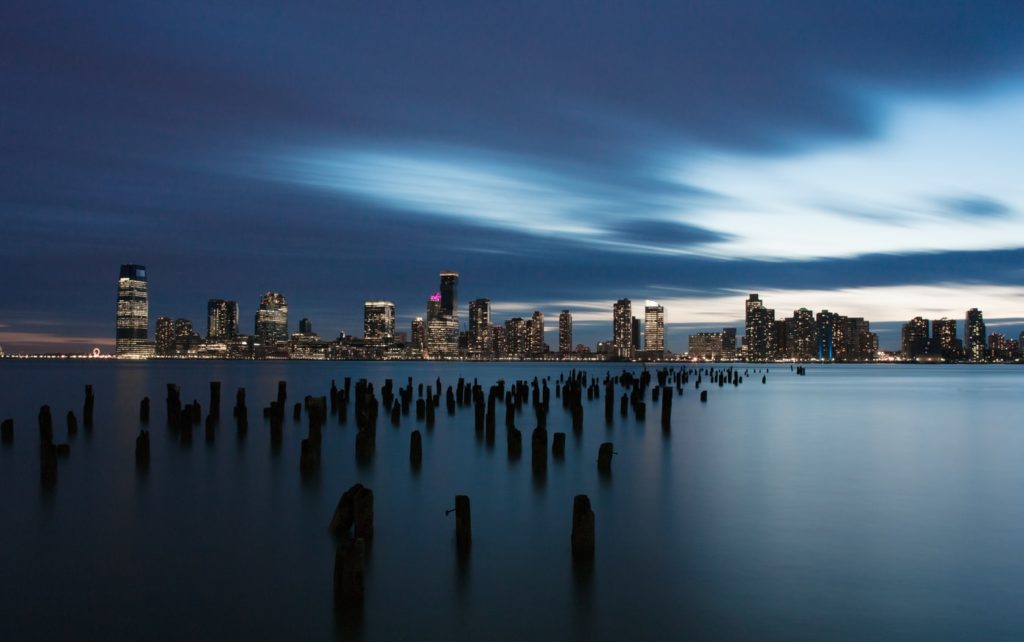
Foreground interest is often used in photography to show scale or to simply enrich the composition by adding elements that contribute to visual appeal or storytelling. It is a great habit to be picky about both foregrounds and backgrounds of your images!
In the example above we have a perfectly executed long exposure shot of blue hour in the city. The water looks silky and the sky feels surreal thanks to the proper choice of shutter speed. However, this image would feel a bit boring without these wooden sticks in the foreground. Since they are very dark they provide a great counterbalance to the white part of the sky.
You can capture images like this one basically anywhere, you just need to spot interesting elements you can place in the foreground.
To learn more about blue hour photography, don't forget to check out the links below!
What next?
Join our free blue hour photography class here.





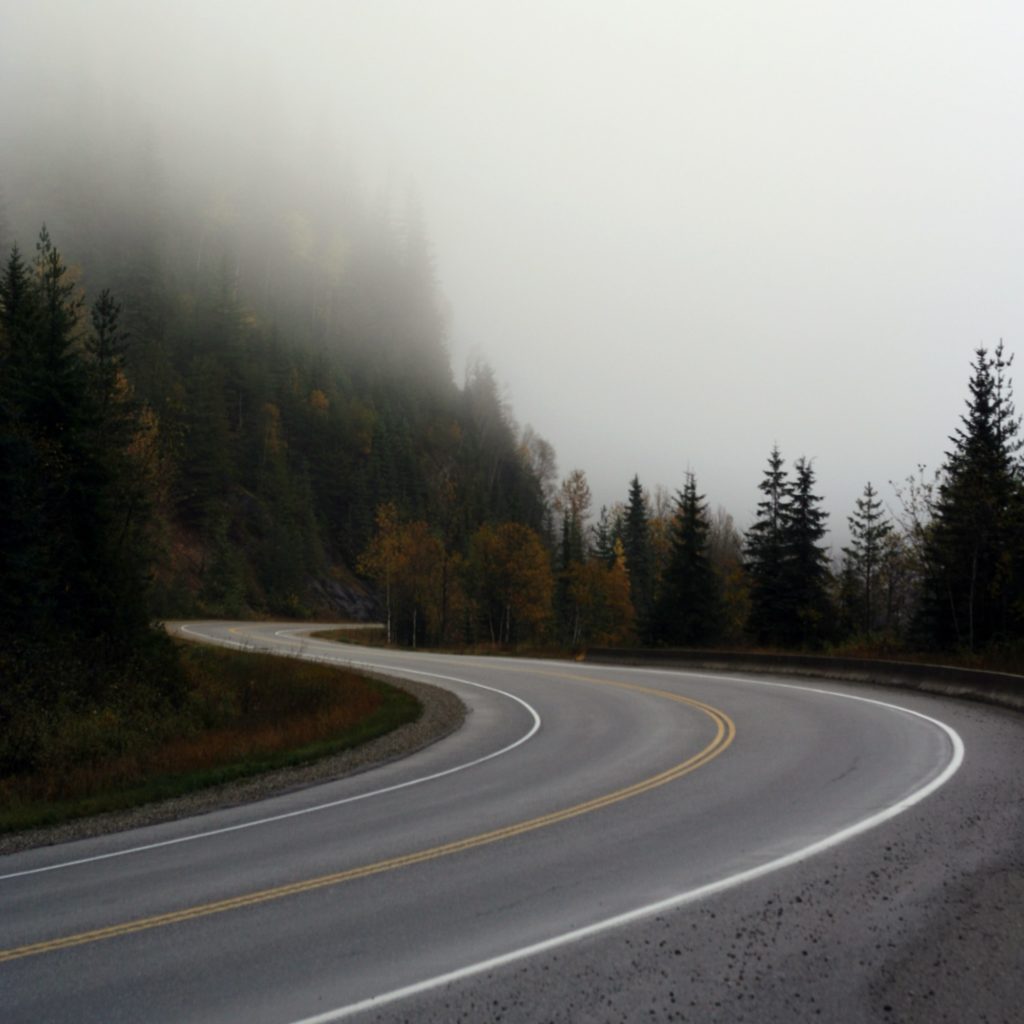
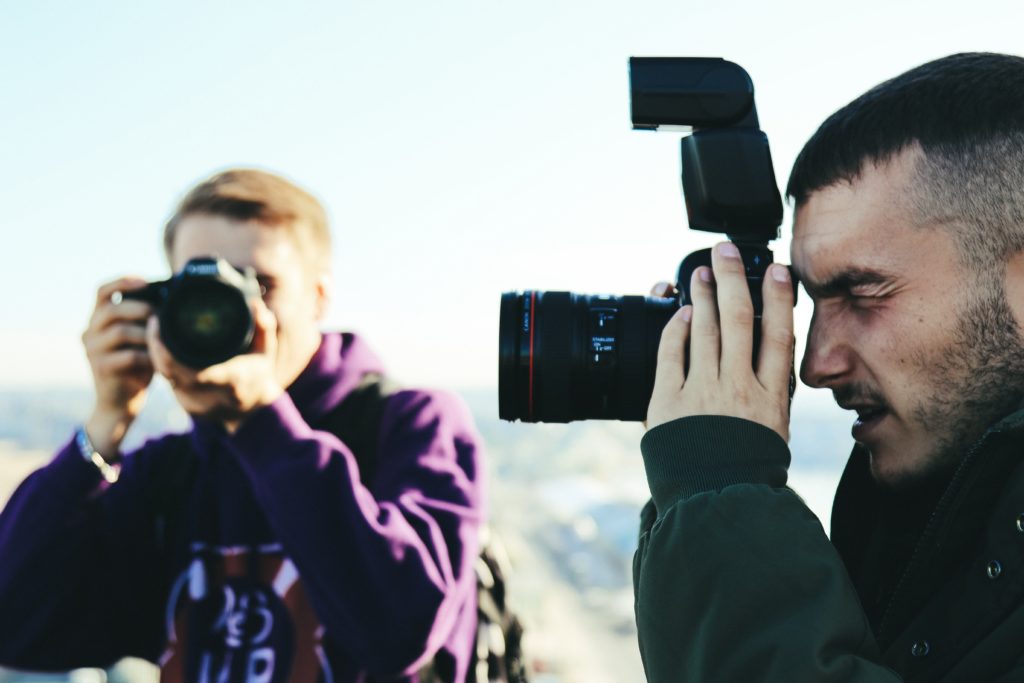
2 Comments
Well written Jasenka. I have always tried to shoots with some blue hour photographs. However, it’s rare that I can meet the times though.
This was very helpful for me i did try it and i get so many images for my new client i appreciate to Jasenka.
Thanks